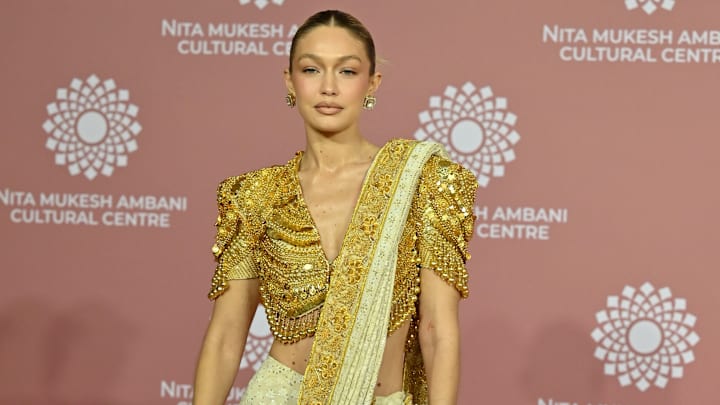The Role of Fashion in Cultural Identity

Fashion has always played a crucial role in expressing cultural identity, serving as a powerful medium through which individuals and communities communicate their heritage, beliefs, and values. Clothing and accessories are not just functional items; they are deeply embedded with cultural significance, often reflecting the history, traditions, and social norms of a particular group. In a globalized world, fashion continues to be a vital tool for preserving and celebrating cultural identity while also facilitating cross-cultural exchange and dialogue.
One of the most evident ways fashion reflects cultural identity is through traditional clothing. Garments such as the Indian sari, the Japanese kimono, the Scottish kilt, and the Nigerian agbada are more than just clothing; they are symbols of cultural pride and continuity. These traditional garments often carry historical significance, with their designs, colors, and fabrics representing specific cultural narratives and social statuses. Wearing traditional clothing can be a way for individuals to connect with their roots, honor their ancestors, and assert their cultural identity in a rapidly changing world.
Fashion also plays a significant role in cultural expression during rituals, festivals, and ceremonies. For example, the use of specific garments or colors during weddings, religious ceremonies, or national holidays can convey deep cultural meanings and reinforce communal bonds. These occasions often highlight the importance of clothing as a marker of identity, signaling belonging to a particular cultural or religious group.
In contemporary fashion, the influence of cultural identity is increasingly evident in the rise of designers and brands that celebrate and draw inspiration from their cultural heritage. Designers like Stella Jean, who incorporates her Haitian-Italian roots into her collections, and African brands like Maki Oh and Orange Culture, which blend traditional African textiles with modern silhouettes, are redefining global fashion. These designers are not only preserving their cultural heritage but also sharing it with a global audience, contributing to a more diverse and inclusive fashion industry.
However, the intersection of fashion and cultural identity is not without challenges. The fashion industry has often been criticized for cultural appropriation, where elements of one culture are borrowed or commercialized without proper acknowledgment or respect. This can lead to the commodification and trivialization of cultural symbols, stripping them of their original meaning and significance. It is crucial for the fashion industry to approach cultural inspiration with sensitivity, ensuring that cultural expressions are respected and that their origins are properly credited.
In conclusion, fashion is a powerful tool for expressing and preserving cultural identity. It serves as a visual language through which individuals and communities can communicate their heritage, values, and beliefs. As the fashion industry continues to globalize, it is essential to celebrate and honor the diverse cultural identities that contribute to the richness of fashion while fostering respectful and meaningful cross-cultural exchanges.